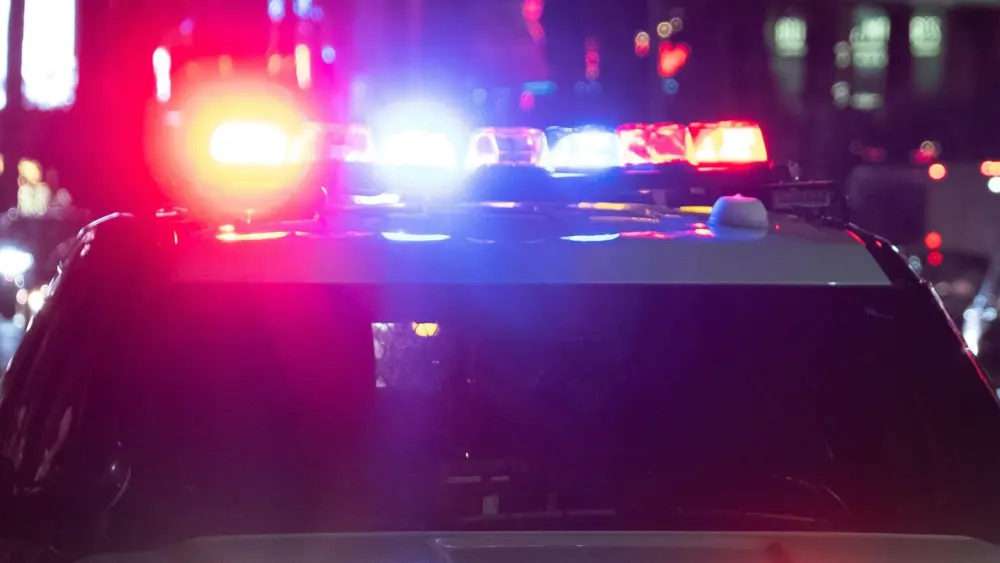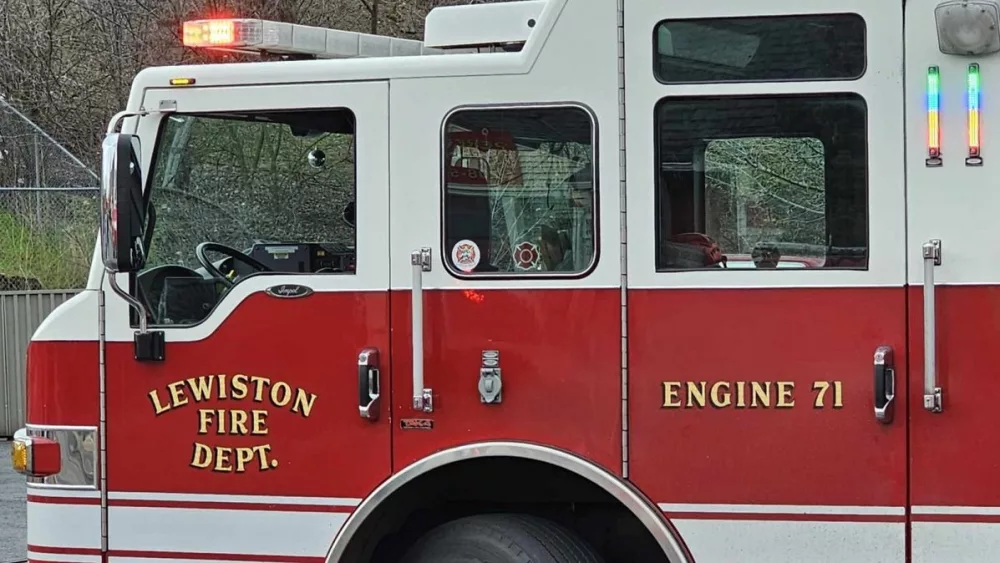PULLMAN, WA – Following his dog’s sudden diagnosis of an aggressive skin cancer, Gavin Rogers couldn’t fathom putting down his 10-year-old Rottweiler, Howie.
Besides the rapidly growing malignant tumor that started inside and quickly worked its way outside of Howie’s nose in less than two months’ time, Howie was, up until that moment, a healthy family dog showing no signs of slowing.
“I talked it over with my fiancé and did some real soul searching,” Rogers said. “He’s still so active, and, you know, he’s still Howie, I just couldn’t imagine putting him down.”
The decision wasn’t an easy one.
Exposure to urine and blood following chemotherapy treatment for Howie posed a potential risk to Rogers’ young children, which left Howie the last but preferred option — surgery. And it couldn’t wait.
By the time Howie arrived at Washington State University’s Veterinary Teaching Hospital, the tumor, previously diagnosed as a squamous cell carcinoma, was already so large he could barely breathe out of his nose. The cancer — common in many Rottweilers, Poodles, and Labrador retrievers — was also affecting Howie’s quality of life.
“It was bleeding more and more. He would paw at it, lick it, it was also starting to smell,” Rogers said.
Howie’s inability to breathe air through his nose put him at a high risk for respiratory distress and the mass was growing rapidly causing pain and infection.
Worst of all though, there was fear the cancer may spread.
“Howie had approximately 100 dividing cells per every microscope field that they looked at and what that tells us is this was a pretty aggressive cancer,” said Dr. Pete Welsh, a surgery resident at WSU who led Howie’s surgery.
With no signs the cancer had spread, Rogers moved forward with the surgery.
The procedure involved cutting through the skin, muscles, bone, vessels, and nerves of Howie’s snout. To ensure the cancer was eliminated, much of Howie’s snout was removed. The second half of the surgery was mostly cosmetic and involved reconstruction of Howie’s muzzle to address his appearance.
In less than three hours, Welsh and his team look to add months, if not years, to Howie’s life.

Rogers admits he didn’t know what to expect after the surgery, but he’s thankful he went forward with it.
“He had the surgery Thursday. I came down Friday just to check on him and see how he’s doing and when he came walking through the door, I was just like, ‘wow, he looks so much better than I was envisioning,’” Rogers said.
Fourth-year veterinary student Bryndalyn Corey, who assisted with the surgery said the procedure reassured her of the good veterinarians can do even when faced with the most challenging of cases.
“It was kind of emotional for me the first time Gavin got to see Howie after surgery,” Corey said. “He was so happy because he didn’t know what Howie would look like and once he saw the reconstruction that we were able to do he was really happy with how it looked. It was an impactful moment.”
The surgery significantly decreased the tumor burden on Howie’s body, decreased the risk of infection, allowed him to breathe through his nose again, and gave him invaluable time with the Rogers family.
“They did a fabulous job and now I get as much time with my dog as I can get with him,” Rogers said. “It just wasn’t his time yet.”
In addition to the many upsides from the surgery, Welsh and Rogers hope Howie’s experience may help other owners know their options in case they too find themselves in a similar situation.
“Sometimes it’s hard to know what options you have available to you,” Welsh said. “That is why we are motivated to share Howie’s story.”





